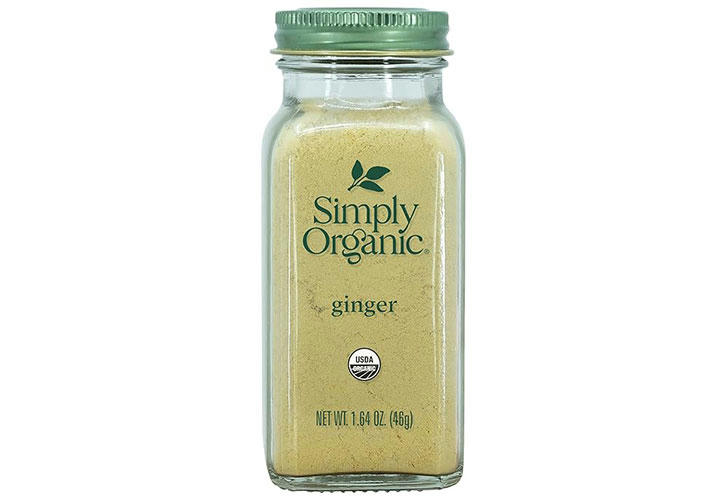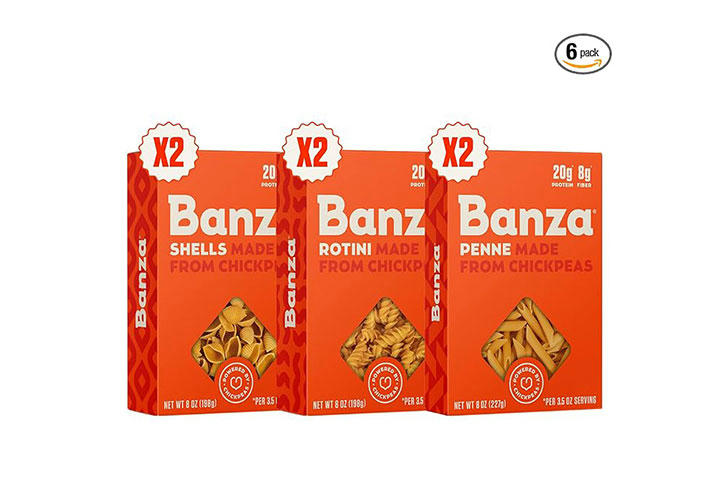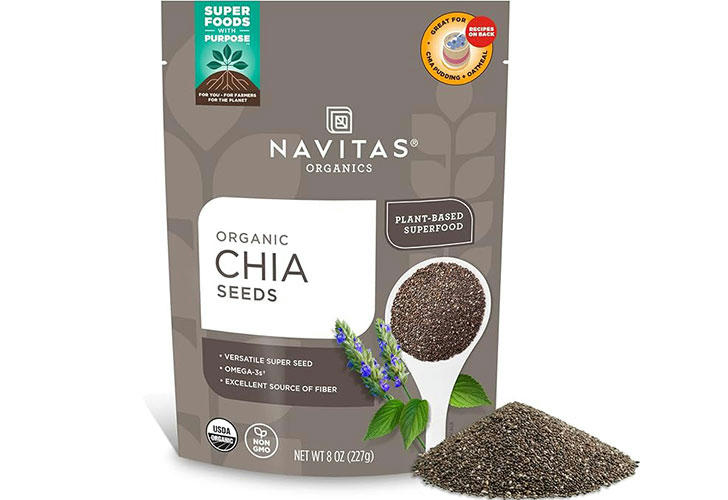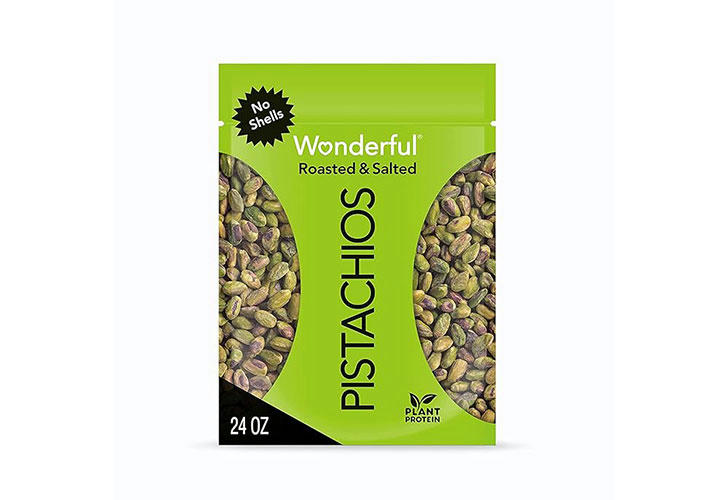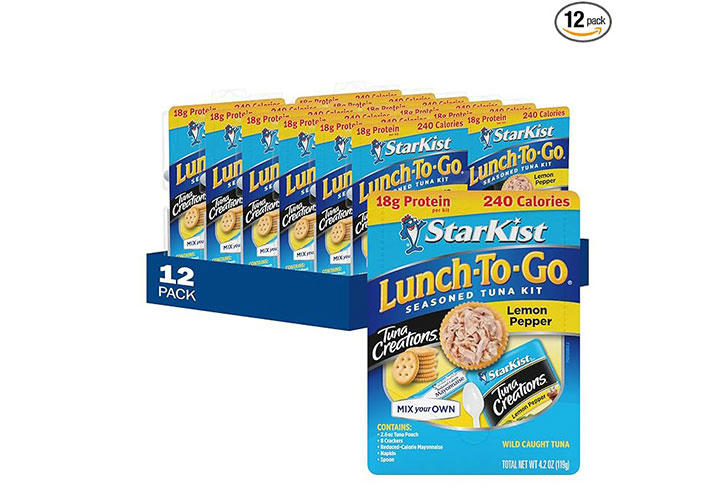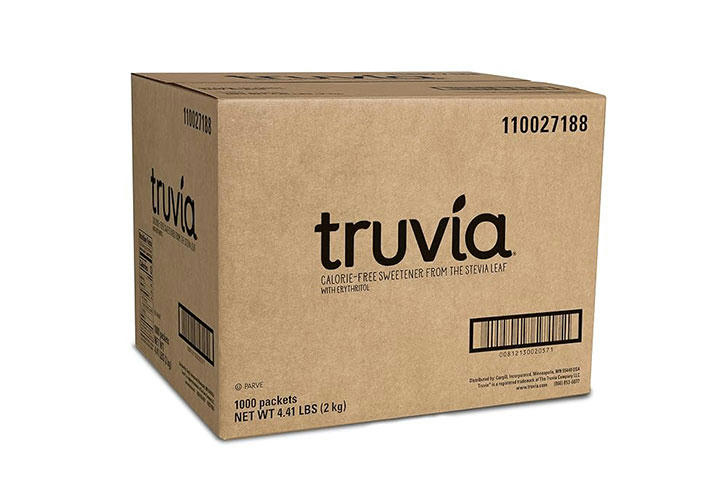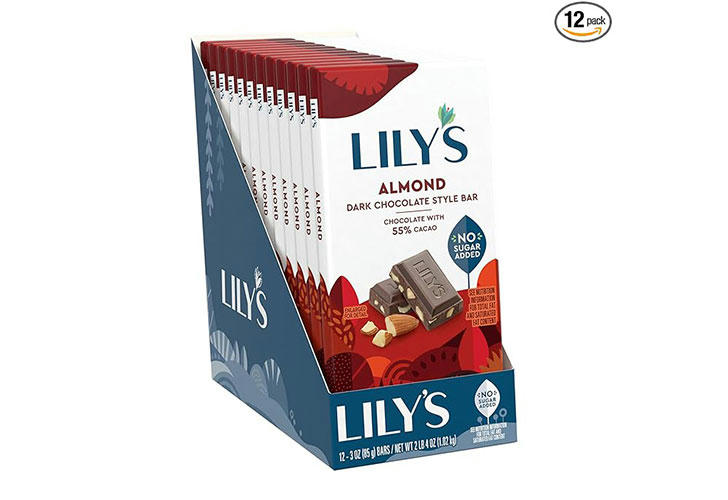What to Eat with Type 2 Diabetes?
Type 2 diabetes is a chronic condition that affects how your body metabolizes sugar (glucose). Unlike Type 1 diabetes, where the body does not produce insulin, individuals with Type 2 diabetes often have insulin resistance, meaning their cells do not respond effectively to insulin. This leads to elevated blood sugar levels, which can cause serious health complications over time. Managing Type 2 diabetes effectively requires a careful approach to diet, making it crucial to understand why dietary choices are particularly important for those with this condition.
The Importance of Diet in Managing Type 2 Diabetes
1. Blood Sugar Control
One of the primary goals in managing Type 2 diabetes is to maintain stable blood sugar levels. Certain foods can cause rapid spikes in blood glucose, which can be harmful. For instance, sugary foods and refined carbohydrates are quickly absorbed into the bloodstream, leading to elevated sugar levels. A diet focused on low-glycemic foods—such as whole grains, legumes, and non-starchy vegetables—helps prevent these spikes.
2. Weight Management
Many individuals with Type 2 diabetes are overweight or obese, which exacerbates insulin resistance. A well-balanced diet that emphasizes whole foods and minimizes processed options can help with weight loss and maintenance. This is critical because even modest weight loss can significantly improve blood sugar control and reduce the need for medication.
3. Nutrient Density
Individuals with Type 2 diabetes need to ensure they are getting adequate nutrients while managing caloric intake. Foods rich in fiber, vitamins, and minerals—such as fruits, vegetables, whole grains, and lean proteins—provide essential nutrients without excessive calories or sugars. This nutrient-dense approach supports overall health and helps mitigate the risk of diabetes-related complications.
4. Heart Health
People with Type 2 diabetes have a higher risk of cardiovascular diseases. A heart-healthy diet that includes healthy fats (like those found in avocados and nuts), lean proteins, and plenty of fruits and vegetables can help lower cholesterol levels and improve heart health.
5. Preventing Complications
Long-term high blood sugar levels can lead to serious complications such as neuropathy, nephropathy, and retinopathy. A focused dietary approach helps manage blood sugar levels effectively, reducing the risk of these complications.
Dietary Recommendations for Type 2 Diabetes
- Low-Glycemic Carbohydrates
Carbohydrates significantly impact blood sugar, but opting for low-glycemic index (GI) options helps prevent spikes.
• Quaker Old Fashioned Rolled Oats
Oats are rich in soluble fiber, which slows glucose absorption. Avoid flavored varieties with added sugars.
• Banza Chickpea Pasta
Made from protein-packed chickpeas, this pasta has 25% fewer carbs than traditional wheat pasta and a lower GI.
- High-Fiber Superfoods
Fiber improves glycemic control and supports gut health.
• Navitas Organics Chia Seeds
Chia seeds provide 10g of fiber per ounce and can be added to yogurt, smoothies, or oatmeal.
• Wonderful Pistachios, No Shells
A fiber-rich snack with healthy fats and protein. Choose unsalted versions to limit sodium intake.
- Healthy Fats & Proteins
Prioritize unsaturated fats and lean proteins to reduce insulin resistance.
• Kirkland Signature Organic Extra Virgin Olive Oil
A staple for heart-healthy cooking, olive oil improves insulin sensitivity.
• StarKist Tuna Creations, Lemon Pepper
Pre-seasoned tuna packs offer 15g of protein per pouch with minimal added sugars.
- Sugar Alternatives
Swap refined sugars for natural, low-calorie sweeteners.
• Truvia Natural Sweetener
Made from stevia leaf extract, Truvia contains zero calories and doesn’t raise blood sugar.
• Lily’s Dark Chocolate Bars (No Sugar Added)
Sweetened with stevia, these chocolates satisfy cravings without spiking glucose.
- Diabetes-Friendly Cookbooks
Explore recipes designed for balanced eating.
• “The Diabetes Code Cookbook” by Dr. Jason Fung
Features low-carb, high-fiber meals to reverse insulin resistance.
Conclusion
Type 2 diabetes requires careful dietary management to control blood sugar levels effectively and reduce the risk of complications. Unlike other types of diabetes, where insulin production is absent or minimal (as in Type 1), individuals with Type 2 must focus on improving insulin sensitivity through their food choices. By prioritizing nutrient-dense foods while avoiding those that spike blood sugar levels, individuals with Type 2 diabetes can lead healthier lives while managing their condition effectively. Always consult with healthcare professionals or registered dietitians for personalized dietary advice tailored to your specific needs and preferences.

